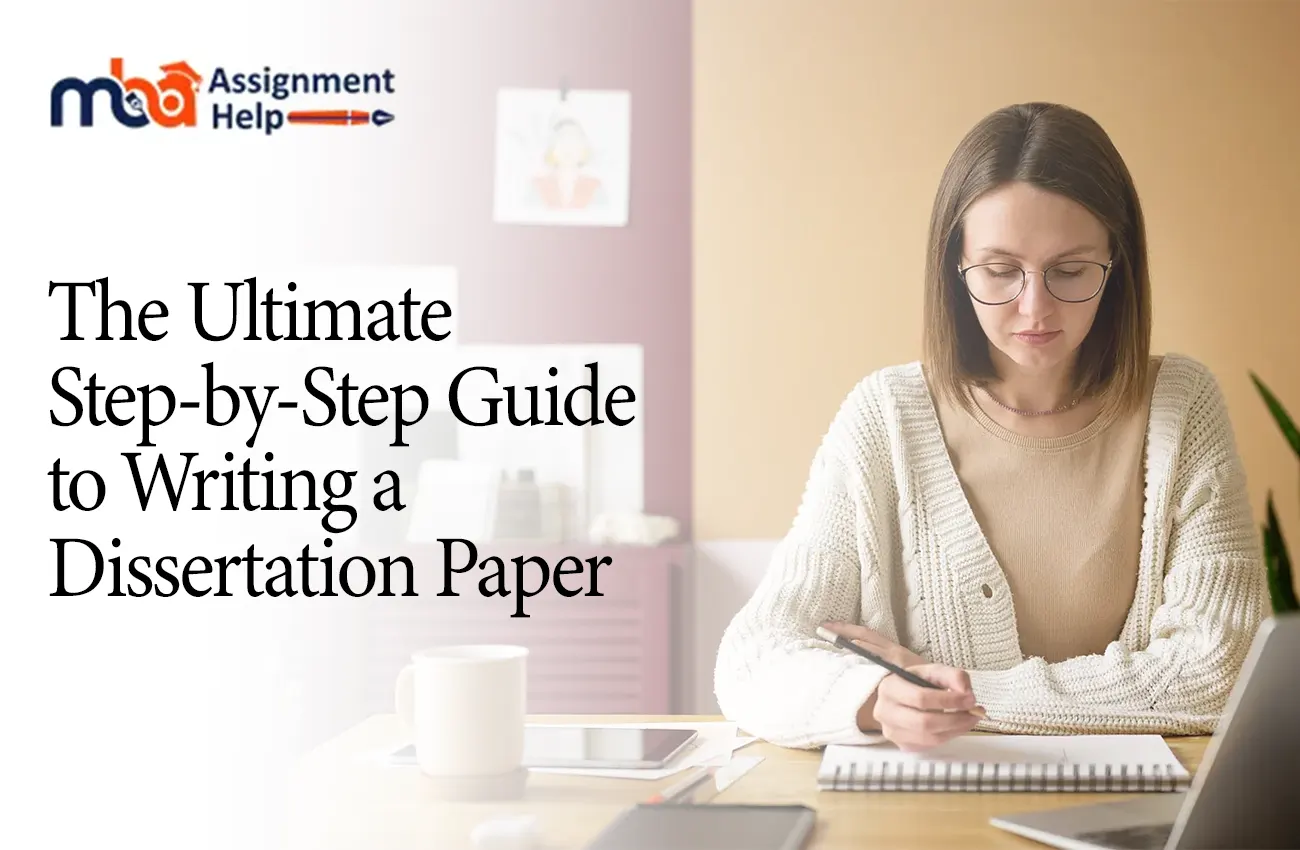Writing a dissertation is one of the biggest academic challenges you will face. After months of research, analysis, and countless late nights, finishing your first draft feels like a huge relief. But before you submit it, there’s one crucial step you cannot skip editing and proofreading. Many students think that the quality of content is everything. Without a doubt, quality matters. But so does professional presentation. The final touches to your dissertation can transform it from “good enough” to truly professional. Clear writing, strong arguments, and error-free text can impress your examiners and boost your grades. In this blog, we’ll break down practical steps on how to edit and proofread your dissertation like a pro—using simple tips that anyone can follow.
Why Editing and Proofreading Matter
Think of your dissertation like a diamond. Research is the raw stone, but editing and proofreading are the polishing steps that make it shine. Here’s why they matter:
- Clarity: Editing helps your ideas to flow logically and make them understandable.
- Accuracy: Proofreading eliminates all the surface-level errors, such as punctuation errors, spelling errors, typos, etc.
- Professionalism: A refined and polished dissertation shows that you have worked hard on it.
- Marks: Minor errors can distract your reader and cost you valuable points.
Simply put, editing and proofreading can make the difference between a good grade and an excellent one.
Step 1: Take a Break Before You Edit
After finishing your draft, resist the urge to edit immediately. Your brain is too familiar with the text, so you may overlook mistakes. Therefore, it’s advisable to take a break for a few hours or some days (if you have time) before editing. In addition, this will help you edit with fresh eyes and make it easier to spot errors.
Step 2: Start with Big-Picture Editing
Before you worry about the typos or spelling mistakes, your main focus should be on the structure. This stage is called editing, where you focus on content quality and the structure of the dissertation. Here’s how to check:
- Structure: Does your dissertation follow a logical order? Check your chapters, headings, and subheadings.
- Flow: Do your arguments connect smoothly? Use transition words like “therefore,” “in addition,” or “however.”
- Relevance: Does every paragraph support your research question? Cut anything unnecessary.
- Clarity: Are your sentences too long or complex? Shorter, simpler sentences improve readability.
Step 3: Pay Attention to Style and Tone
Students! A dissertation must have a formal tone, but don’t overcomplicate it. Many pupils use jargon or too many technicalities to sound smart. But it’s a big no. Instead, focus on precise and clear language.
- Avoid slang and casual expressions.
- Use consistent academic terms.
- Stick to one tense (usually past tense for research findings).
- Check your citation style (APA, MLA, Harvard, etc.) and apply it consistently.
Step 4: Proofread for Grammar and Spelling
Once you are satisfied with the structure and style of the content, it’s time to proofread, aka the detail-oriented stage. The following are the elements to look for while proofreading:
- Spelling mistakes: Watch out for commonly confused words like “affect” vs. “effect.”
- Grammar errors: Check subject-verb agreement and sentence fragments.
- Punctuation: Ensure correct use of commas, semicolons, and quotation marks.
- Consistency: Be consistent with capital letters, numbering, and abbreviations.
An important tip:
Once you begin proofreading, avoid fixing everything at once. Instead, focus on solving each problem first to maintain concentration and get better results. However, if you are on a tight deadline, then you may seek help from professional proofreading and editing services UK. These experts can identify and fix these issues in no time.
Step 5: Employ Online Tools
Technological advancements, such as tools, applications, and other software, are a big plus to get help from. Similarly, there are a plethora of tools for editing and proofreading. These are:
- Grammarly: For grammar and spelling suggestions.
- Hemingway App: To simplify complex sentences.
- Turnitin or Similar Software: To check for plagiarism.
- Reference Managers (Zotero, Mendeley): To organize and format citations.
Step 6: Format Your Dissertation Properly
Formatting plays a major role in improving the overall quality of the dissertation. Make sure to:
- Use a readable font (like Times New Roman or Arial).
- Keep font size consistent (usually 12pt).
- Double-space your text (if required by your university).
- Add page numbers, headings, and a table of contents.
- Follow your university’s dissertation guidelines carefully.
Final Words
Writing a dissertation is a time-consuming and tiring task. Once students complete the writing process, they have the urge to neglect editing and proofreading. But it’s a big mistake. You must know the essential steps to edit and proofread your dissertation like a pro. So, take a break after finishing writing, then begin editing. In this step, you have to look for logical flow, structure, and relevance in the content. After that, you have to proofread the content. This includes grammatical errors, spelling mistakes, punctuation, and others.








